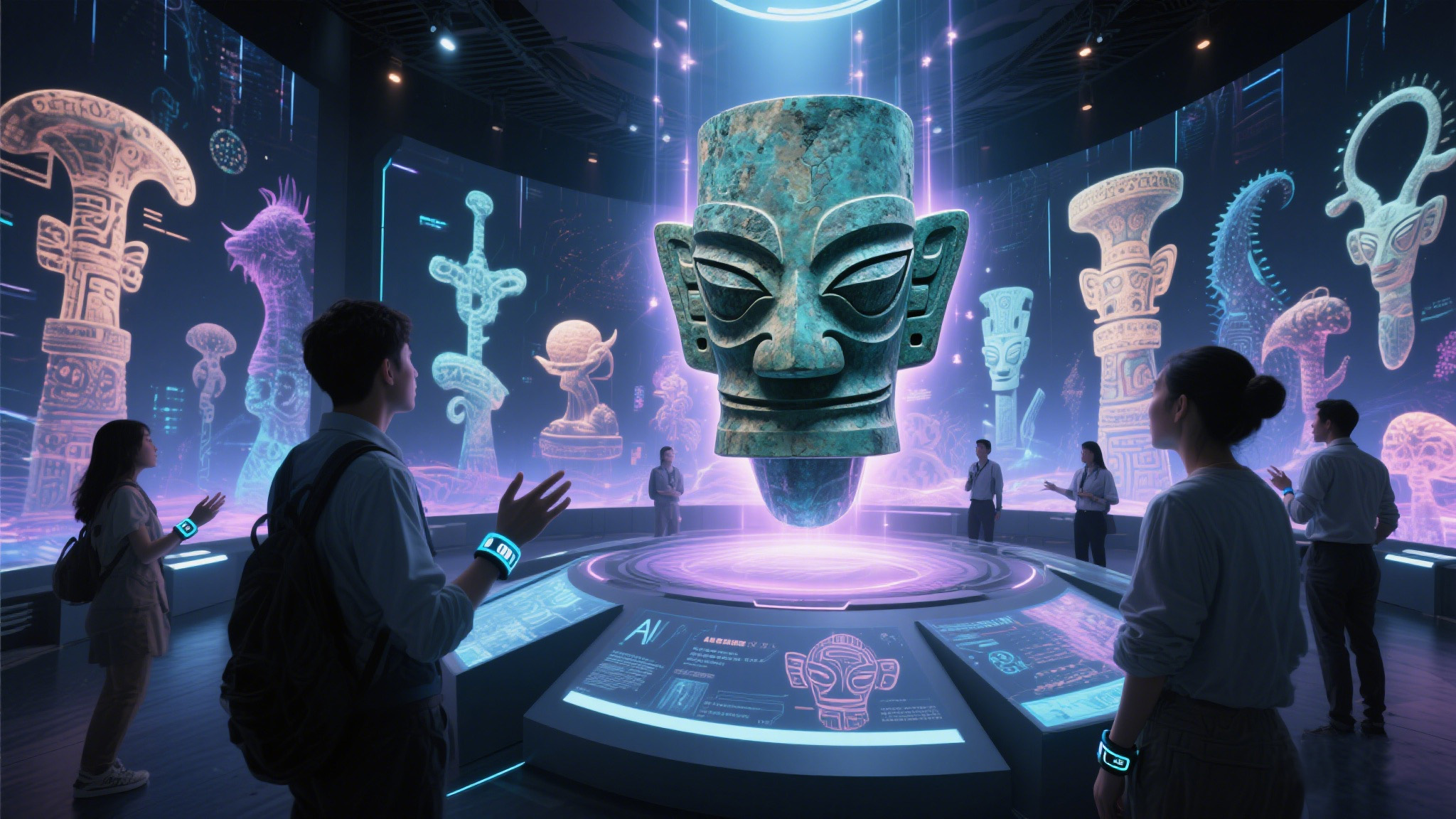Kyoto's Living Poetry: A Journey Through Japan's Cultural Heart
In Kyoto's Philosopher's Path, cherry blossoms flutter into a canal like pink snow, their reflections fracturing into impressionist patterns beneath stone bridges. This 2-kilometer walk along the Lake Biwa Canal epitomizes Japan's ancient capital - a city where every season, every texture, and every ritual carries layers of aesthetic meaning cultivated over twelve centuries. Unlike Tokyo's neon futurism, Kyoto moves to the rhythm of tea ceremonies and temple bells, its 1,600 Buddhist temples and 400 Shinto shrines forming the world's densest concentration of cultural treasures.
The Golden Pavilion (Kinkaku-ji) floats above its mirror pond like a gilded hallucination. This Zen temple, rebuilt in 1955 after a monk's infamous arson attack, exemplifies the Muromachi period's architectural fusion - the first floor's Heian-style wooden veranda supports a Song Dynasty-inspired second floor topped with a Chinese phoenix statue. Nearby, Ryoan-ji's rock garden distills Zen philosophy into fifteen moss-fringed stones arranged so the viewer can never see all at once, representing life's inherent mystery.
Gion's wooden machiya townhouses preserve the elusive world of geiko (Kyoto's term for geisha). At dusk, apprentice maiko hurry to ochaya (tea houses) with their obi sashes tied in elaborate drooping bows, their white-painted necks glowing under lantern light. The most intimate cultural experience is a private kaiseki meal where courses are timed to the appearance of seasonal motifs - maple leaves pressed into tofu in autumn, or edible gold flakes evoking winter sunlight on snow.
Kyoto's living traditions shine brightest during its 2,000 annual festivals. The Gion Matsuri in July features parade floats weighing up to 12 tons, hauled by teams wearing Edo-period happi coats. In October, the Kurama Fire Festival transforms the mountain village into a sea of torches carried by men in loincloths chanting to appease ancient mountain spirits. Even the act of buying a humble yatsuhashi (cinnamon rice cookie) becomes cultural immersion when purchased from a 300-year-old shop where clerks still wrap purchases in traditional washi paper.
















